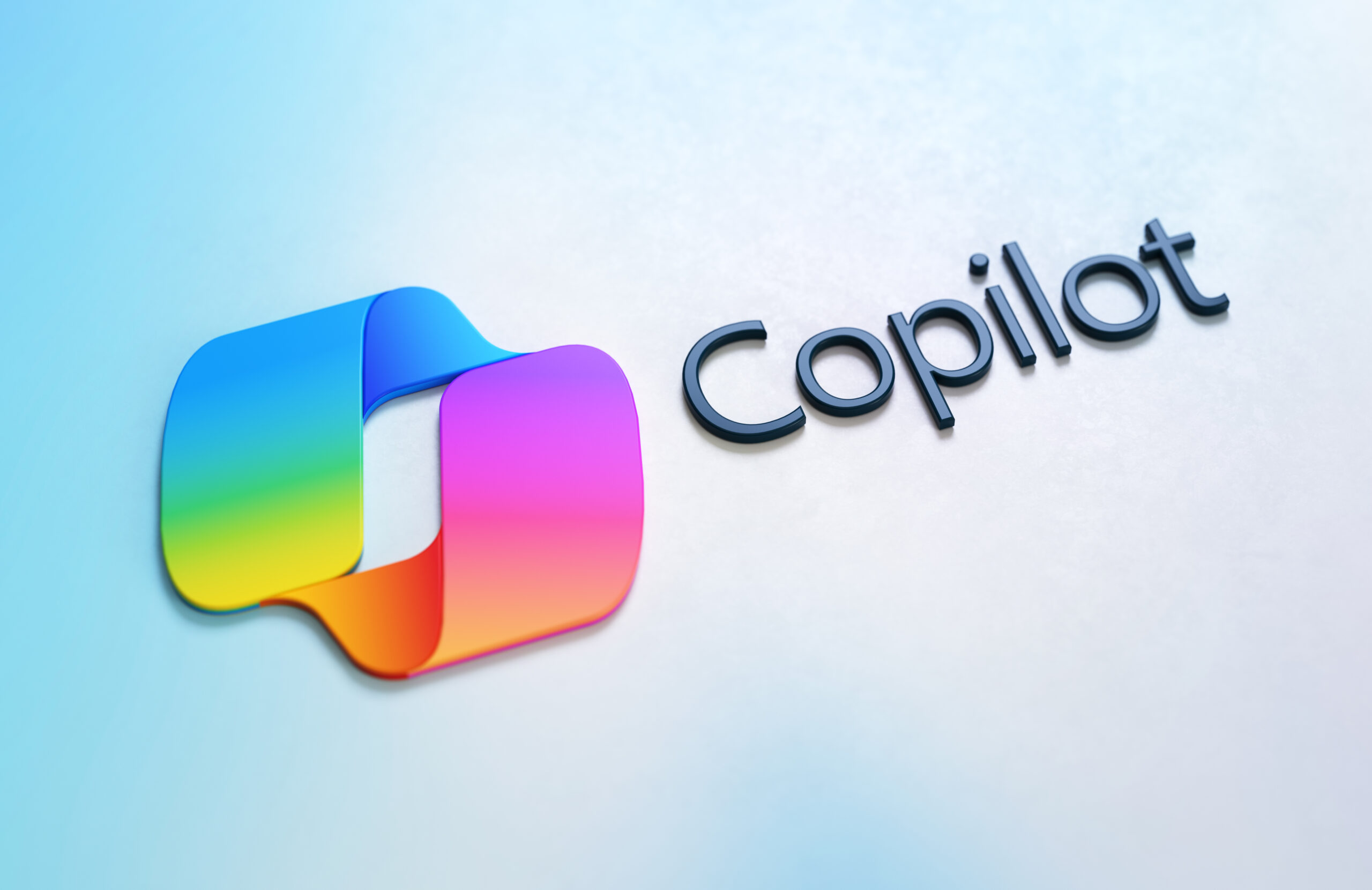The rise of AI tools can generate art, images, and even music from simple text prompts. Now Microsoft is bringing this cutting-edge technology to its Copilot platform through a collaboration with AI music startup Suno. The integration allows Copilot users to create original, personalized songs powered by AI from just a few words or phrases. As one of the first examples of a major tech company directly baking AI music generation into a popular product, it provides an exciting glimpse into how cloud-based AI could reshape creative workflows. With the ability to instantly create custom tunes on demand, this new Copilot feature may appeal to amateur musicians, advertisers, video producers, and more. Its potential is vast, showcasing how AI tools are progressing from mimicking art to collaborating in its creation. The possibilities are music to an innovator’s ears.
An Introduction to Microsoft’s Copilot and AI Music Generation
AI’s Creative Potential
- Artificial intelligence (AI) is rapidly evolving, unlocking new frontiers in creative fields like music composition. Microsoft’s collaboration with AI music startup Suno exemplifies this trend, integrating AI-generated music capabilities into its Copilot platform.
Copilot’s AI Music Generation
- Microsoft’s Copilot now allows users to create personalized songs from text prompts, harnessing the power of cloud-based AI tools. This innovative feature showcases the potential of AI to enhance creative workflows in music and beyond.
- Users simply provide a text description or concept, and Copilot’s AI algorithms generate an original musical composition tailored to their input. The resulting songs can then be fine-tuned, mixed, and integrated into various projects.
Empowering Creativity
- This groundbreaking technology empowers artists, musicians, content creators, and hobbyists alike to explore new realms of musical expression. Automating the composition process frees up time and mental bandwidth. This allows creatives to focus on refining and polishing their artistic visions.
- Moreover, Copilot’s AI music capabilities open doors for those without formal musical training or composition skills. Thus they can bring their ideas to life through AI-generated melodies and harmonies.
Future Potential
- As AI continues to advance, its integration into creative tools like Copilot could revolutionize the music industry and artistic expression as a whole. AI-generated music may one day become a ubiquitous component of film scores, video game soundtracks, advertising jingles, and even mainstream popular music.
While the technology is still in its early stages, Microsoft’s Copilot and AI music generation offer a tantalizing glimpse into the future of human-AI collaboration in the creative realm.
How Copilot and Suno Enable AI-Generated Music

Leveraging AI for Music Creation
- Microsoft’s Copilot now integrates with Suno, an AI music startup, enabling users to generate personalized songs from text prompts. This cutting-edge collaboration showcases how cloud-based AI tools can revolutionize creative workflows, especially in the music industry.
Text-to-Music AI Model
- At the core of this integration is Suno’s advanced text-to-music AI model. Training on a vast dataset of songs and lyrics, this model can understand the semantic relationships. These relationships are between words and musical elements like melody, harmony, and rhythm.
- When a user provides a text prompt, such as a song title, theme, or lyrical snippet, the AI model composes an original musical arrangement tailored to that input. The resulting AI-generated music captures the intended mood, genre, and creative vision specified in the prompt.
Iterative Refinement Process
- However, the process doesn’t stop there. Copilot’s interface allows users to iteratively refine and shape the AI-generated music by providing additional feedback and prompts. This interactive loop empowers artists and creators to collaborate with the AI, blending their human creativity with the machine’s capabilities.
- Users can experiment with different musical styles, instrumentations, or lyrical directions, guiding the AI to generate variations until they achieve their desired artistic expression.
Expanding Creative Possibilities
- This integration opens up exciting new possibilities for music creation. Songwriters can use it as a potent ideation tool, quickly exploring different musical concepts and sparking inspiration. Composers can leverage it to generate initial drafts or backing tracks, which they can then build upon and refine.
- Moreover, AI-generated music can serve as a valuable resource for content creators, providing unique, royalty-free soundtracks for videos, podcasts, or other multimedia projects.
Ethical Considerations
- While this technology holds immense potential, it’s crucial to address ethical concerns surrounding AI-generated content. Microsoft and Suno emphasize the importance of transparency, ensuring users understand the AI’s involvement in the creative process.
- Additionally, they stress the need to respect intellectual property rights and provide clear guidelines for commercial use of AI-generated music.
The Process of Creating AI Music with Text Prompts
Set the Parameters
- To begin the AI music generation process, you’ll need to provide the initial text prompt that will serve as the creative foundation. This could be anything from a simple phrase or lyric to a more detailed description of the desired musical style, mood, and instrumentation. The richness and specificity of your prompt will shape the AI’s interpretation and output.
Unleash the AI Engine
- Once your prompt is ready, you can feed it into Microsoft’s Copilot AI system, which has been trained on a vast dataset of existing music. The AI will then analyze the prompt, identifying patterns and relationships within the data to generate an original musical composition tailored to your specifications.
Iterative Refinement
- The initial AI-generated music may not perfectly match your vision, but that’s where the iterative process comes into play. You can provide feedback and additional prompts to guide the AI in refining and adjusting the composition. This back-and-forth allows you to shape the music until it aligns with your creative goals.
Explore and Experiment
- One of the most exciting aspects of AI music generation is the ability to explore and experiment with different prompts and parameters. You can push the boundaries of traditional genres, blend disparate styles, or even create entirely new musical forms. The AI’s capacity for novelty and creativity is limited only by the prompts you provide.
Finalize and Export
- Once you’ve achieved a satisfactory result, you can export the AI-generated music in various formats, such as MIDI or audio files. These files can then be further edited, mixed, or integrated into larger projects, opening up a world of possibilities for collaborative and multidisciplinary artistic endeavors.
By harnessing the power of AI and natural language processing, Microsoft’s Copilot empowers users to tap into a vast creative potential, transforming simple text prompts into rich, dynamic musical compositions. This innovative technology promises to reshape the way we approach and experience music creation, ushering in a new era of human-AI collaboration in the artistic realm.
Potential Use Cases and Applications of AI Music Technology
Music Composition and Songwriting
- AI music technology offers exciting possibilities for composers and songwriters. You can leverage AI models to generate unique melodies, chord progressions, and even lyrics based on your creative prompts. This can kickstart the songwriting process, providing inspiration and fresh ideas to build upon.
Personalized Music Experiences
- Imagine an AI-powered music streaming service that curates a personalized soundtrack tailored to your mood, activity, or preferences. AI algorithms can analyze your listening habits, emotional state, and contextual factors to generate a dynamic playlist or even compose original music that resonates with you in the moment.
Film, TV, and Video Game Scoring
- AI-generated music can streamline the process of scoring for visual media. Filmmakers, game developers, and content creators can leverage AI to quickly produce background music that sets the desired tone and atmosphere, saving time and resources while maintaining a high level of quality.
Music Education and Exploration
- AI music technology can be an invaluable tool for music education and exploration. Students can experiment with AI models to understand music theory, composition techniques, and genre conventions. Experienced musicians can use AI as a creative collaborator, exploring new musical styles and pushing boundaries.
Accessibility in Music Creation
- AI-powered music creation tools can democratize the music-making process, making it more accessible to individuals who may not have formal training or access to traditional instruments. With AI, anyone can express their creativity through music, regardless of their skill level or physical abilities.
Therapeutic and Wellness Applications
- The power of music therapy is well-documented, and AI-generated music can play a role in this field. AI algorithms can create personalized, adaptive music experiences tailored to promote relaxation, reduce stress, or support emotional well-being, offering new avenues for therapeutic interventions.
By leveraging the capabilities of AI music technology, you can unlock a world of possibilities, from enhancing creative workflows to delivering personalized experiences and exploring new frontiers in music creation and consumption.
The Future of AI-Generated Music – Possibilities and Limitations
Expanding Creative Horizons
- As AI music generation tools like Microsoft’s Copilot continue to evolve, they present exciting possibilities for expanding creative horizons in music production. Imagine being able to generate original musical compositions tailored to your specific preferences and moods, simply by describing the desired vibe or emotion in text prompts. This technology could democratize music creation, empowering anyone to explore their musical creativity without extensive formal training.
Enhancing Collaboration and Productivity
- Beyond pure composition, AI-generated music could streamline various aspects of the creative workflow. Composers and producers could leverage AI to quickly generate multiple variations of melodies, harmonies, or rhythmic patterns, accelerating the ideation process. This technology could also aid in creating custom soundtracks or background music for film, video games, and other multimedia projects, enhancing collaboration between creative teams.
Preserving Human Artistry
- While AI-generated music holds immense potential, it is crucial to recognize its limitations and the irreplaceable value of human artistry. AI algorithms, no matter how advanced, are ultimately trained on existing musical data, which means they may struggle to produce truly novel or genre-defining works. Moreover, the emotional depth and personal expression inherent in human-composed music may prove challenging for AI to replicate authentically.
Striking a Harmonious Balance
- As the capabilities of AI music generation continue to grow, the future likely lies in a harmonious balance between human and artificial intelligence. AI could serve as a powerful tool to augment and inspire human creativity, while human composers and musicians remain essential for infusing their work with the nuanced emotional resonance that has defined the enduring power of music throughout history.
In Short
You now have a deeper understanding of how Microsoft is innovating with AI through Copilot’s integration with Suno’s AI music generation capabilities. This collaboration showcases the future of using cloud-based AI to enhance and personalize creative workflows. As AI tools like Copilot become more accessible, they open new possibilities for individuals and businesses to leverage AI in innovative ways. While questions remain about how to thoughtfully direct these technologies, Microsoft’s work here provides an exciting glimpse into AI’s expanding creative potential across industries when guided by human expertise and imagination.
More Stories
SAP’s Cloud Crusade: Leadership Anchored as ERP Transformation Accelerates
SAP has extended CEO Christian Klein’s contract until April 2030 and CFO Dominik Asam’s until March 2028. This decision highlights the company’s commitment to cloud transformation.
Amazon’s ‘Get Book’ Button Breaks Apple’s Grip on iOS Kindle Purchases
Amazon has introduced a “Get Book” button in its iOS Kindle app, marking a pivotal moment in the ongoing battle over digital purchase control.
Gamuda Powers Malaysia’s Digital Leap with Google’s Data Center Deal
Google has awarded Gamuda Berhad a significant contract to develop a hyperscale data center in Malaysia. This collaboration highlights Google’s investment strategy to strengthen cloud infrastructure and AI capabilities in Southeast Asia.
Agent Hospital: China’s AI Doctors Redefine Global Healthcare Frontiers
China’s “Agent Hospital” emerges as a revolutionary force in healthcare. Developed by Tsinghua University, this groundbreaking facility boasts the world’s first fleet of fully AI-driven medical professionals.
Fintech Alliance PH Welcomes Paynamics to Strengthen Digital Payments Ecosystem
In the Philippines' financial technology sector, Fintech Alliance PH announces a pivotal collaboration with Paynamics Technologies Inc. This partnership signals...
Spotify Unveils ‘Plays’ Count, Turning Podcasts into a Popularity Contest
Spotify has taken a bold step by unveiling a new “plays” count feature for podcasts, a move that promises to redefine the dynamics of content popularity. This innovation introduces a level of transparency akin to the metrics seen on video platforms, turning podcasting into a competitive arena where every play counts.


